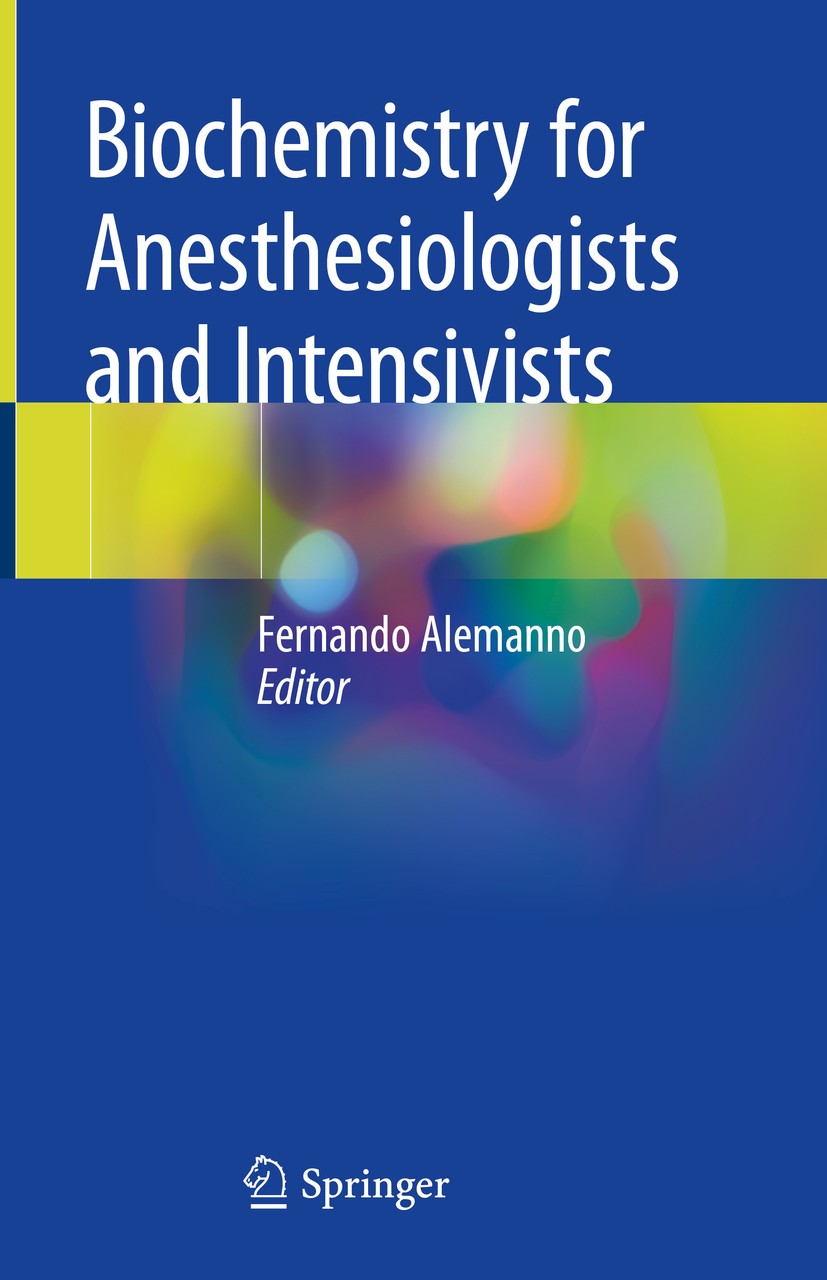| 期刊全称 | Biochemistry for Anesthesiologists and Intensivists | | 影响因子2023 | Fernando Alemanno | | 视频video | http://file.papertrans.cn/187/186688/186688.mp4 | | 发行地址 | Discusses the role of biochemistry in anesthesia and intensive care.Explains how biochemistry is applied in anesthesia and intensive care.Covers a wide range of topics | | 图书封面 |  | | 影响因子 | .This book discusses and explains the importance of biochemistry knowledge in understanding what happens to patients during anesthesia and/or to those being in intensive care. It covers a wide range of topics, such as Cerebral Edema, Shock, Blood-Brain Barrier, The Pulmonary surfactant, The Acid – Base equilibrium, Local anaesthetics, Perineural adjuvants, Normobaric Oxygen Therapy, Theories of Narcosis. Hyperventilation effects and consequences are also presented. For instance, by hyperventilating a patient with a PaCO2 significantly below 25 mmHg, we risk blocking pyruvic acid carboxylation and transforming it into oxalacetic acid, which in turn knocks out the Krebs cycle, possibly leading to a complication, i.e. to metabolic acidosis and not to compensation for respiratory alkalosis. It is also worth remembering that vitamins are actually molecules of pretty considerable potency and should not be simply intended as integrators. If we inject a patient under intensive care with vitamin C, this not only plays a capillary-protective role but facilitates the conversion of dopamine to noradrenaline. As far as vitamin B.6. goes, not only is it the most natural of antiemetics but the co | | Pindex | Book 2020 |
The information of publication is updating

|
|
 |Archiver|手机版|小黑屋|
派博传思国际
( 京公网安备110108008328)
GMT+8, 2025-11-12 06:22
|Archiver|手机版|小黑屋|
派博传思国际
( 京公网安备110108008328)
GMT+8, 2025-11-12 06:22


